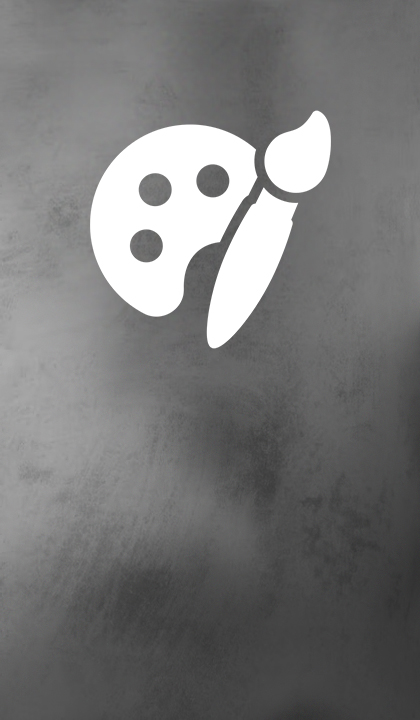
Rudolf Wilde
/1868–1938/
Rudolf Wilde (also known as Rudolph Alexander Theodor Wilde von Wildemann), a talented artist, graduated from the Central School of Technical Drawing in St. Petersburg in 1900. He furthered his studies in private art workshops in Paris and Munich for two years. After returning in 1902, he focused on interior design and executed various artistic works, including paintings for the Eliseevsky House on the Moika. Wilde actively participated in competitions and exhibitions, notably those organized by the Imperial Porcelain Factory.
Rudolf Wilde (also known as Rudolph Alexander Theodor Wilde von Wildemann) was an artist of decorative and applied art, as well as a painter, graphic artist, and teacher. After completing his education at the Drawing Workshop in Moscow and the Central School of Technical Drawing in St. Petersburg, he gained recognition as a skilled draftsman. He further honed his skills through studies in Germany, France, and Italy.
In 1905, he joined the Imperial Porcelain Factory, eventually becoming the director of its painting and grinding workshops from 1906 to 1935. He also served as a jury member in the Carl Faberge competition in 1912.
Later, Wilde worked at the Komitern porcelain factory in Volkhov and the factory in the village of Proletariy in the Leningrad region. Unfortunately, his life took a tragic turn when he was arrested by the NKVD and the Prosecutor's Office of the USSR in 1938 and sentenced to capital punishment under criminal charges. He was executed in Leningrad on April 30, 1938, although official Soviet information claimed he died in 1942.